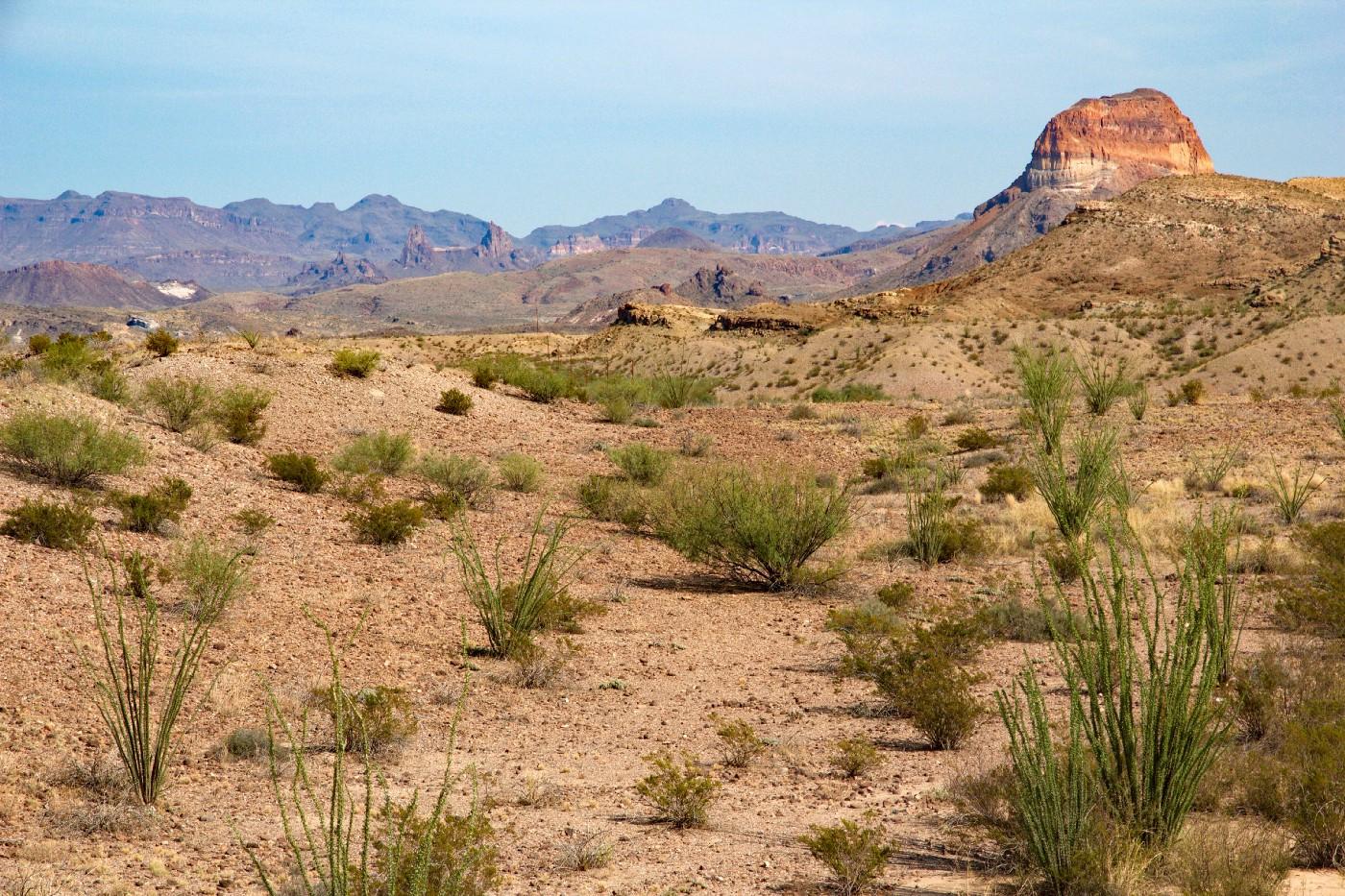
Borders today are understood as political demarcations that separate states and nation-states. But, sometimes, we share more in common with the people beyond these arbitrary lines than we think. Especially in the early 20th century and before, the natural environment typically helped shape people’s identities at least as much as the political boundaries they were born into.
In Texas, people raised in the Gulf Coast wetlands share a similar environment with their counterparts in Louisiana. East Texans who live in the piney woods experience ecological patterns closer to their neighbors in Arkansas. And in West Texas, the desert ties together inhabitants of Texas, New Mexico and Mexico to the south.
Mexican American and Latino/a Studies Assistant Professor C.J. Alvarez has spent the last three years studying this last group, which he calls “desert dwellers” — people who live in the vast 193,000-square-mile Chihuahuan desert that spans states and national borders. Using oral histories alongside ranch and irrigation records, he has been able to re-create a sense of what life was like for them in the 19th and early 20th centuries and the conditions that helped define them.
In those days, he says, almost everyone who lived in the desert had to directly confront desert conditions in their day-to-day lives. Limited water, extreme heat, difficulty caring for animals, and serious agricultural challenges were all part of the package.
“Despite the fact that drylands are often written off as vacant wastelands, they are in fact some of the most fragile environments on earth,” he says. “Because of this, arid zones will suffer some of the most serious repercussions from climate change, many of which have already begun. Looking back at the history of how people have confronted the extreme conditions of deserts will help us better respond to an uncertain future.”
Read more about Alvarez’s work in this latest collaboration between Planet Texas 2050 and “Not Even Past.”

